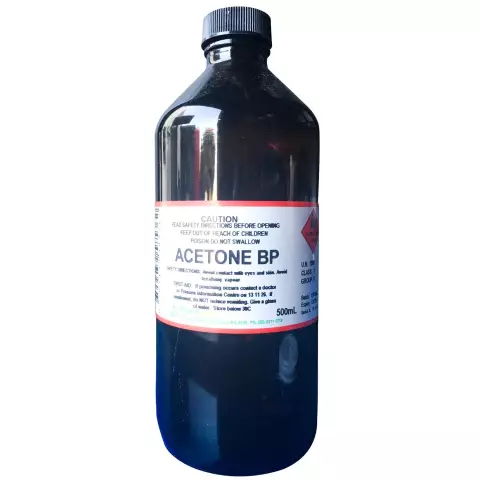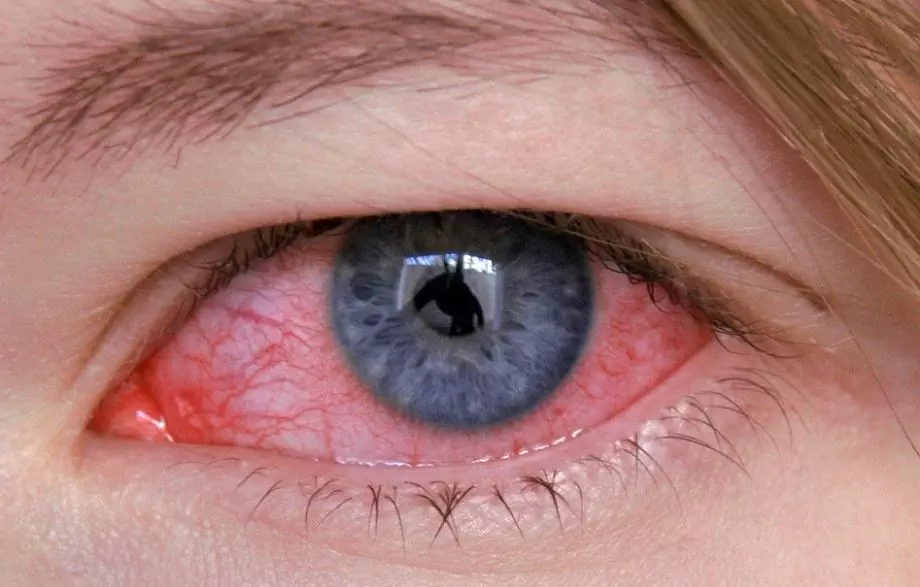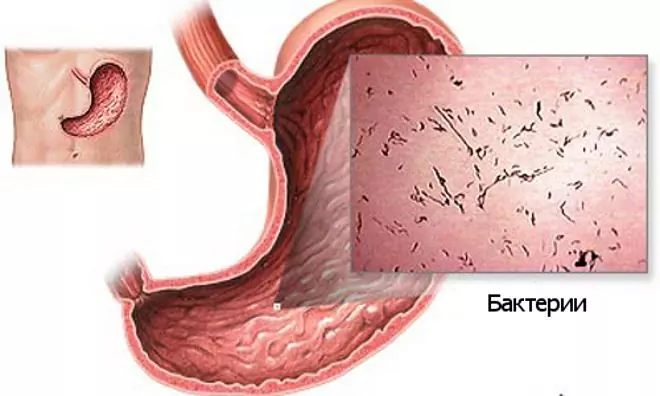- Author Rachel Wainwright [email protected].
- Public 2023-12-15 07:39.
- Last modified 2025-11-02 20:14.
Acetone in children

Acetone is known as an organic solvent. This is the first element in the line of ketones. The name comes from the German word "aketon", which has lost the letter "a". In the human body, in order to obtain energy, there are sequential biochemical transformations of food products with the release of ATP molecules. The appearance of acetone in children indicates a disruption in the course of the energy cycle. The process of feeding cells is expressed by the total formula: products (proteins-fats-carbohydrates) - glucose molecules - energy in the form of adenosine triphosphoric acid, without which the vital activity of the cell is impossible. Unused glucose molecules are combined into chains. This is how glycogen is formed in the liver, which is used when there is a lack of energy. Acetone appears in the blood in children more often than in adults, because there are very few glycogen stores in the child's liver. Glucose molecules,not used as "fuel" are converted back into proteins and fatty acids. Their properties are not at all the same as in food. Therefore, the splitting of its own reserves occurs according to the same scheme, but with the formation of metabolites - ketones.
The mechanism of the appearance of acetone in the blood of children
The appearance of acetone in blood and urine tests is due to the result of the biochemical reaction of glyconeogenesis, that is, the formation of glucose not from the products of digestion, but from fat reserves and protein reserves. Normally, there should be no ketone bodies in the blood. Their functions, as a rule, end at the level of cells, that is, the place of formation. The presence of ketones signals the body that there is a lack of energy. This creates a feeling of hunger at the cellular level.
When acetone enters the bloodstream, children develop ketonemia. Free circulating ketones have a toxic effect on the central nervous system. At low concentrations of ketone bodies, excitement occurs. With prohibitive quantities - depression of consciousness up to coma.
When the content of ketones reaches critical levels, ketonuria appears. In urine tests, ketone bodies are found, of which three types are produced in the human body, since their properties are the same, the acetone content is noted in the analyzes.
Increased acetone in children
The reasons for the appearance of increased acetone in children before it appears in the urine are the following processes:
- Lack of glucose in food - babies are left without sweets;
- Increased glucose consumption. It is provoked by stressful conditions, increased physical and mental stress. Also, diseases, injuries, operations contribute to the rapid combustion of carbohydrates;
- Imbalance in nutrition. Fats and proteins predominate in the child's food, which are difficult to process into glucose; as a result, nutrients are deposited "in reserve". And if necessary, the mechanism of neoglucogenesis is immediately activated.
The most dangerous of the reasons for the appearance of ketone bodies in the blood is provoked by diabetes mellitus. At the same time, the amount of glucose in the body is even increased, but it is not absorbed by cells due to a lack of a conductor - insulin.
Acetonemia in children
Regarding the appearance of acetone in children in analyzes, Komarovsky emphasizes that, first of all, it depends on metabolic disorders. First of all, uric acid. As a result, purines appear in the blood, the absorption of carbohydrates and fats is impaired, and the central nervous system is overexcited.
To the secondary reasons for which acetone appears in children, Komarovsky attributes the following diseases:
- Endocrine;
- Infectious;
- Surgical;
- Somatic.
The release of ketone bodies into the blood occurs under the influence of triggering factors, such as:
- Stress - strong positive or negative emotions;
- Physical fatigue;
- Prolonged exposure to sunlight;
- Power supply errors.
Without diabetes mellitus, acetone in children appears in the blood between the ages of one and thirteen years as a result of the following provoking factors:
- The need for movement exceeds the amount of energy;
- Insufficient development of the hepatic depot for glycogen;
- Lack of enzymes that are used to process the ketones that appear.
When acetone in children appears already in the urine, a complete clinical picture of non-sugar ketoacidosis unfolds.
Clinical manifestations of acetone in children

With acetonuria in children, the following symptoms are observed:
- Vomiting after eating any food or liquid, including plain water;
- Colic in the abdomen;
- Dehydration of the body: rare urination, dry skin, the appearance of a blush, coated tongue;
- The smell of rotten apples from the mouth, from the urine and vomit of the child.
The examination determines an increase in the size of the liver. Laboratory data, when they appear, indicate a violation of carbohydrate, lipid and protein metabolism, an increase in the acidic environment due to ketones. The most important method for diagnosing acetone in children is urine analysis. Test strips are used to confirm the diagnosis at home. Their color, when immersed in urine, becomes pink, and with severe ketonuria in children, the strip becomes purple.
Treatment of acetonemia in children
First of all, it is necessary to provide the body with glucose. To do this, the child needs to be given sweets. To prevent food intake from causing vomiting, compotes, fruit drinks, sweet tea (with honey or sugar) are used for this, one teaspoon every five minutes. To remove ketones, the treatment of acetonemia in children involves cleansing enemas.
The diet for acetone in children provides for foods with a large amount of easily digestible carbohydrates: semolina, oatmeal, mashed potatoes, vegetable soups. It is forbidden to give fast food products, chips, fatty, smoked and spicy foods. The correct diet for acetonemia in children necessarily includes sweets: fruits, honey, jam. In severe cases, children are subject to emergency hospitalization.
YouTube video related to the article:
Found a mistake in the text? Select it and press Ctrl + Enter.






